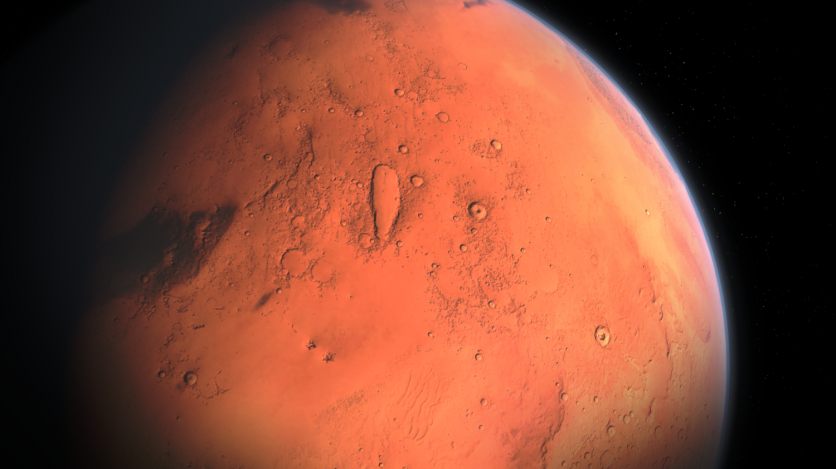Researchers have recently discovered a crater in the Red Planet's northern lowlands, and it might be the site of a former ocean that ceased to exist after a megatsunami took place 3.4 billion years ago. This is a result of a massive asteroid impact that collided with Mars, one that wiped out the said body of water in the region, with astronomers recently discovering the point of impact.
Before this study and recent discovery, researchers were unclear where this impact crater would be, but now discovering that it is on the site where a former ocean once flowed.
Mars Megatsunami Came from a Massive Asteroid Impact

Alexis P. Rodriguez and his team have uncovered a previous calamity on Mars, pointing out a "megatsunami" that took place on the planet 3.4 billion years ago as a result of an asteroid impact. According to the team's research published in the Scientific Reports journal, the said crater was recently discovered by them which evidences these claims.
Moreover, it is also a testament to Mars' previous ocean in the area, with the body of water ceasing to exist because of the intense asteroid impact on its surface.
The area is called the Chryse Planitia and is part of the Martian northern lowlands region, where the impact happened 3.4 billion years ago.
Read Also : Scientists Find Compelling Evidence of Life on Mars in Jezero Crater's Trove of Organic Materials
Crater Recently Discovered, Once Where an Ocean Is
According to SciTechDaily, the team dubbed this crater "Pohl," and has a diameter of about 70 miles in the area that astronomers previously believed to be where the Martian ocean was. Additionally, the said ocean is about 400 feet (120 meters) below its proposed sea level.
The team's simulation saw two possible sizes of asteroids 3.4 billion years ago, with one having a 9-kilometer asteroid that faced strong ground resistance and unleashing 13 million megatons of TNT energy; or a 3-kilometer asteroid that faced weak ground resistance and brought 0.5 million megatons of TNT energy.
Mars and the Study of What Once Was
Mars is one of the closest planets to the Earth, and it is also a place where it is possible to live, given that it is a rocky planet like home, with researchers looking into the possibility of doing so in the future. There are studies behind it now, investigating whether Mars is an ideal place to live for humans, and also comparing it to the living conditions with the Moon.
Experts argued that both are needed to harbor human life off Earth, with Mars living needing the lunar surface's establishment as it could be a station where people could drop by for their needs.
The quest to look for water traces or evidence on Mars is massive, especially as researchers believe that it has water on its subsurfaces that are yet to be discovered in its exploration missions. And while this research would take a long time as researchers are only relying on images and other instruments to look for this, and samples are yet to arrive.
Many believe that Mars has had water before, and a massive incident like this recent research shared was the cause of losing it and never returning to its original state. That being said, the researchers believe that this is the crater that made a massive impact on Mars, creating a megatsunami and leaving a crater that is a testament to the asteroid collision.

ⓒ 2025 TECHTIMES.com All rights reserved. Do not reproduce without permission.




